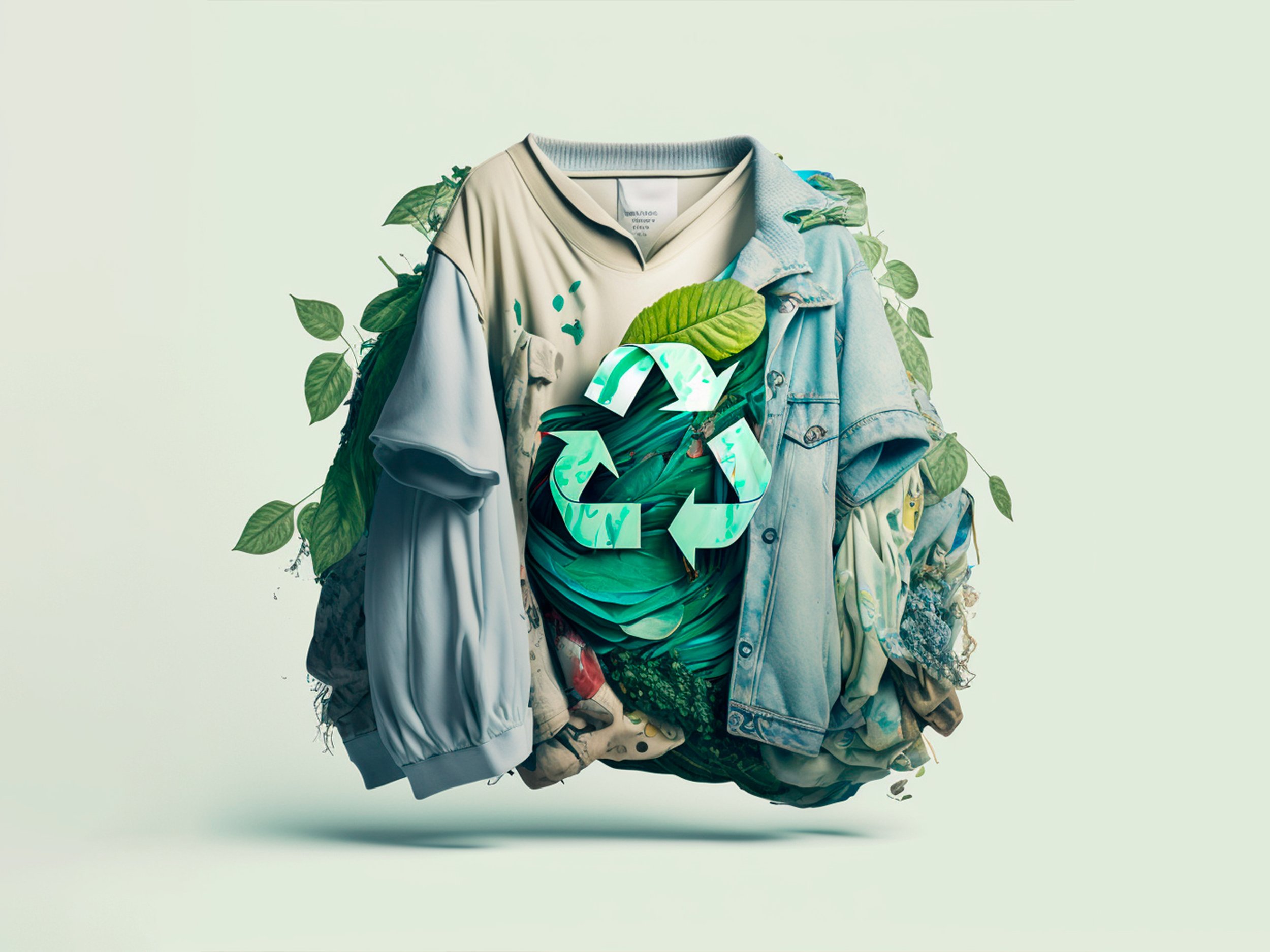Beyond the Bin: How the Uniform Industry Can Join Fashion’s Circular Revolution
Uniforms don’t often make headlines—but they should. Every year, millions of garments are issued to frontline workers across industries like hospitality, retail, transportation, and healthcare. These uniforms are worn daily, heavily used, and eventually replaced. But where do they go when they’re no longer needed? The answer is almost always: the landfill. In the United States alone, over 11 million tons of textile waste are sent to landfills annually, according to the EPA. Globally, less than 1% of clothing is ever recycled into new garments, and most discarded textiles are either burned or buried. While the conversation around fashion waste often centers on fast fashion, the uniform industry has largely flown under the radar—despite being a steady contributor to this growing crisis.
At JWE, we believe it’s time to challenge that norm. We’re THINKING BEYOND UNIFORMITY®—and asking what’s possible when uniform programs evolve into sustainable, circular systems that extend garment life, reduce waste, and deliver measurable environmental value.
What Fashion’s Leaders Are Already Doing
Major brands in both retail and luxury fashion have begun to shift toward circularity in earnest. Fashion houses like Chloé are integrating digital ID technology into garments, enabling resale, tracking, and transparency in ways that support circular supply chains. Companies like H&M, Target, and Balenciaga are similarly investing in data-driven systems that connect production to end-of-life in real time.These brands use cloud-based platforms combined with QR codes or RFID chips to trace a garment’s journey from manufacture to disposal—or, ideally, to its next life. This level of product visibility allows for smarter inventory management, authentic resale, and textile-to-textile recycling. In some cases, recycled fibers are looped right back into new products.The result is a more intelligent lifecycle—one that benefits not just the planet, but also business operations, customer loyalty, and brand identity. So the question becomes: If fashion retail can do this, why not uniforms?
Why the Uniform Industry Is Ripe for Circular Innovation
Uniforms are uniquely suited for circular programs. Unlike fashion retail, which deals with diverse SKUs and unpredictable buying patterns, uniforms are standardized, centrally managed, and replaced on predictable cycles. That consistency makes it easier to introduce digital tracking, take-back systems, and intelligent recycling workflows. Imagine a global hotel chain outfitting 5,000 employees across dozens of properties. When uniforms are upgraded, most of the old garments remain functional—but without a structured system in place, they often end up being discarded. Now imagine each uniform carries a digital ID that tracks wear, signals when replacement is needed, and directs the garment to a recycling partner instead of a landfill.
This isn't a futuristic vision—it’s already happening in fashion. It’s time for uniforms to catch up.
What JWE Is Doing About It
At JWE, we’re actively building toward that future. As a vertically integrated manufacturer with control over design, sourcing, production, and distribution, we have the ability to embed sustainability at every touchpoint in the garment lifecycle. We’re exploring traceability through technologies like QR codes and RFID tagging, as well as developing partnerships with textile recyclers and waste management innovators who are beginning to sort and process garments based on smart identification systems.
We’re also working with our clients to help reduce over-ordering, extend the life of high-quality inventory, and build reuse programs that shift waste into value. Uniforms have always been functional. At JWE, we believe they should also be forward-thinking. This is how we’re truly THINKING BEYOND UNIFORMITY®.
A Call to Collaborate: Let’s Build Better Uniform Programs
We’re not here to sell a system—we’re here to lead a conversation.
If you're a brand manager, sustainability officer, or procurement leader wondering how your company can contribute meaningfully to its ESG goals, it may be time to reassess your uniform program with fresh eyes. Can garments be tracked, redistributed, or recovered more effectively? Are there smarter ways to manage lifecycle cost—not just financially, but environmentally? The uniform industry has remained static for too long. At JWE, we’re eager to work with companies that are ready to be part of something more impactful.
Let’s Rethink the Role of Uniforms
Uniforms can do more than identify employees—they can represent values, purpose, and innovation. By embedding circular thinking into the way we design, manage, and retire uniforms, we can transform them from short-term tools into long-term brand assets. At JWE, we’re proud to be part of this transformation. And we’re inviting others to join us.

